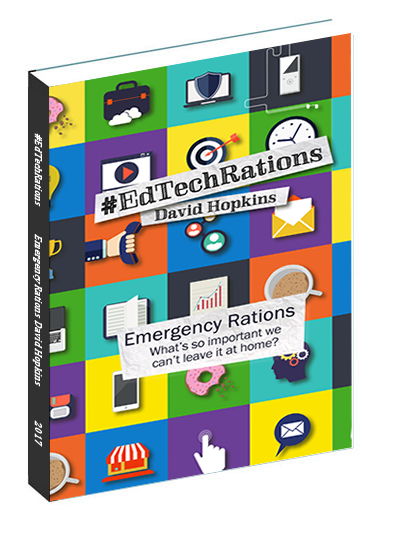How do you conduct a Focus Group?
 Firstly, why would you want to use a focus group? Focus groups can reveal a whole heap of detailed information that you cannot possibly hope to get through a survey. When well produced, a focus group creates an encouraging environment makes participants feel relaxed allowing then to thoughtfully answer questions in their own words and add meaning to their answers.
Firstly, why would you want to use a focus group? Focus groups can reveal a whole heap of detailed information that you cannot possibly hope to get through a survey. When well produced, a focus group creates an encouraging environment makes participants feel relaxed allowing then to thoughtfully answer questions in their own words and add meaning to their answers.
Surveys are good for collecting information about people’s attributes and attitudes but if you need to understand things at a deeper level then use a focus group.
So, how do you do it?
- Assemble your focus group(s). Each group should have between six to 10 people. Ideally you should have at least three or four groups. These should consist of representatives from all interested (and disinterested) parties so you get a random sampling of the true population. Offering an incentive such as cash or a product to keep can help entice participants.
- Prepare your questions ahead of time. Approach it like a science experiment: you need an objective, a hypothesis, research method and a way to quantify the data. This information will help you formulate your questions.
- Reserve a place to conduct the group. Examples of good locations include conference rooms and banquet halls. Let each person in the group known the date and time well in advance.
- Get the room ready before the session starts. Organize chairs, set up refreshments and, if applicable, position any video or recording equipment.
- Start the session by introducing yourself and what you’re studying. Keep the conversation informal and make the participants feel comfortable and at ease enough to speak freely.
- Begin asking general questions of each participant, then follow up with more specific questions. Give each person as much time to answer as they need. Probe for details if they aren’t giving enough. Take notes as necessary.
- Stay neutral and don’t take sides on an issue or with a participant. Your duty is to run the focus group, not influence how you want the participants to respond.
Using a focus group in an educational environment (example; producing learning materials, developing a package, etc) then representatives of your target audience must be included in the group.
At the start of the project, you need to hold focus groups to help refine your educational objectives. You can uncover what participants already know about the topic, what material they already have and what they think they need, and how they envisage using different types of information and related materials.
As you then subsequently develop your materials, further focus groups can comment on the design and clarity of your rough drafts, evaluating their usability for the intended audience and suggesting revisions. The data you gather can also suggest strategies for distributing the materials to your audience.
Image Source

















